Maya
Ancestors of the Lakamha
Maya is an Earth civilisation from many years ago. Since Classic Maya, the Earth people group still continues to this day. The group that went to Realm-R changed and adapted to their new environment, however, there is much in their current culture that comes from the Classic Maya civilisation.Brief timeline of the Maya
History of the LakamhaanClassic Maya
Society structure:
Maya was not one empire, but various groups. They began as Chiefdoms with a central village holding power over smaller settlements, but over time grew to proto-states. There was a ruling class, a middle class and lower class. In general, women were below men in terms of power, however, widows and mothers of underage sons could rule in their unabled men's stead.* The ruling class was comprised of royalty (where monarchs were the ultimate rulers) and elites (making up 10% of the population).
* The middle class was comprised of low level priests, soldiers and merchants.
* The lower class (commoners) was made up of farmers and labourers.
Monarchs would impersonate one of their gods, with crowning ceremonies where the king would wear a mask and regalia of a god and enact a mythical scene. For example, a king from Lakamha impersonated a god, G1, being crowned lord of all gods, while being simultaneously crowned as the king.
The Maya worshipped a pantheon. Female gods were fewer than males and much less depicted or referenced. The depiction of the gods were fluid, sometimes being drawn with more animal-like features and sometimes depicted with more human-like features. There were patron gods for each of the different communities. Patron deities could be adopted (by being taken as a victory from war or simply added by a ruler, particularly in times of political change or strife). This led to the growth of local pantheons.
Chief priests were the ones who would make sacrifices and perform rituals to appease the gods. Women could be priestesses (generally in pilgrimage sites), or as diviners or fortune tellers for visitors. Bloodletting was practiced by rulers or priests via an obsidian knife, in order to honour ancestors and communicate with the gods. Alter sacrifices were performed with captured enemy rulers and those of the elite class.
Maya were fierce warriors. Warfare was common between proto states, in order to gain wealth, labour, land and take out enemies. Maya kings were fierce war captains who wore 'trophies' on their belts (skulls of scarified prisoners). Nacom were chief military officers. Officers could only be held by an elite, while the soldiers were made up of the middle and lower classes. A common battle strategy was to fire an initial volley of arrows, then engage in hand to hand combat.
Weapons were both long distance (bow & arrow, blowgun, slings, throwing spears) and melee (club (war club - obsidian blades on three sides), axe, stabbing spear, knife). Defenses included city fortifications (e.g. Seibal, Tikal), shields (for warriors) and cotton armour treated with rock salt (for veterans). Elaborate headdresses, body paint and animal skins were worn to show status.
Calendar and Cycles:
'Twenty' forms the basis of Maya mathematics, including cycles in their calendar. The Mayan calendar is made up of three interlocking calendars, a 260 day one, a 365 one and a long term one (the Long Count), with rituals to mark the passages of time. The 260 day ritual cycle is made up of 20 day names and 13 numbers. The 365 solar cycle is made up of 18 months with 20 days each and an additional five (unlucky) days. The Long Count begins at the beginning of this era with creation of the world, where Earth came out of primordial sea on 3114 BC August 14. This era ended on December 24 2012, with a new era beginning December 25 2012. The Long Count is a long cycle measuring 13 buktoons long, with each bucktoon being 400 years. At the end of every 20 year cycle was a Period End, the Maya would create stone monuments to their patron gods and perform rituals. They observed other cycles too, for example, the lunar cycle. Scribes would often contextualise 'events' in terms of the cycles, looking for parallels between past and future events.Agriculture and Materials:
Maya communities lived where there was plentiful resources, and their culture formed around these resources. Maya relied heavily on maize, squash and beans as well as obsidian, jade and fish. Other resources included cacao, vanilla beans and deer.Arts and Language:
A lot of art surrounds rulers and the pantheon. Full time painters and sculptors were often employed by a ruler. The amount of art that was present in their rituals and presented to their rulers and patrons was a show of status and a competition between the proto-states. Sculptures and carvings were made with stone, volcanic tuff, wood, stucco, bone, shell, ade, obsidian and fired clay. Pottery was generally made by hand, and would be completed with pictures depicting stories of their patron gods and their rulers around the outside.Clothing and textiles were another way to show off status. They were colourful and very decorative. Particularly during rituals and other public events, their clothing was lavish and large. Clothing materials included plants, animal skins, bird feathers, insects, metal, shell and stone. Maya clothing was not fit to size, but generally draped around the body. Males often wore loin cloths and hip wraps and women wore longer skirts and tunic. Jewellery would embellish outfits and hair would be tied up and decorated. The higher the class, the more one could decorate themselves. Hieroglyphs were written with feather pens, with different sized pens for different types of strokes or they were carved in stone. King Pakal the Great's funerary pyramid (the Temple of Inscriptions) is one of the few lasting written sources from the Classic Maya period. Their language was written down via the sounds of syllables.
Architecture:
Tied into the architecture of the Maya was ancestor veneration. Dead ancestors were buried in the household, and their houses grew upwards, creating larger mounds each death with a new platform built on top (also serving as proof of your family rights to the land). Dead rulers had a similar practice, but they were buried in funerary pyramids. Thus, some pyramids had a few rulers in them. Tikal is a Maya city known for a number of pyramids that housed dead rulers.The Temple of the cross in Lakamha is a temple to the patron gods G1, G2 and G3. They lived in the shrine on top of the pyramid between coming out for rituals and war.
Maya also had ball courts, with two long, sloped walls. The ball games played here ranged from games of simple fun, to rituals of great religious significance.
Kukulkan
There was once a deity known as the Vision Serpent. He was a messenger of the gods and companion to a great number of them. Although he didn't have a specific element of dominion on his own (he did share in some of the other gods) he was widespread, at least in name. Carvings of the Vision Serpent would be carved in the background of many temples across Maya. Unfortunately, the Vision Serpent grew jealous. This jealousy was not too strange. It happened every era. However, greater than ever before the god's jealousy raged and he committed to something that was taboo: the destruction of the era cycles.Before the early destruction of the current era, and the decimation of the era cycles could be completed, the patron gods of Lakamha took Earthly matters into their own hands. The divine being known as 'Kyle' is one of these three gods. They created a prison that could house a god and when the city of Lakamha was at its peak, they tasked the people there to leave their city and work for their patron gods to save creation and the cycles. The people did, following Kyle, and built a new city in Realm-R. They were changed into lesser divine beings and charged as the guards of Kukulkan.
On Earth, the gods took away Kukulkan's title of 'Vision Serpent', but they could not get rid of all of his followers. Even though he left Earth, the impact he had was soon to be overtly seen. Somehow, by taking away his title, and leaving his name, the god was able to take over the titles of other gods, particularly in the next few centuries in Chichen Itza.



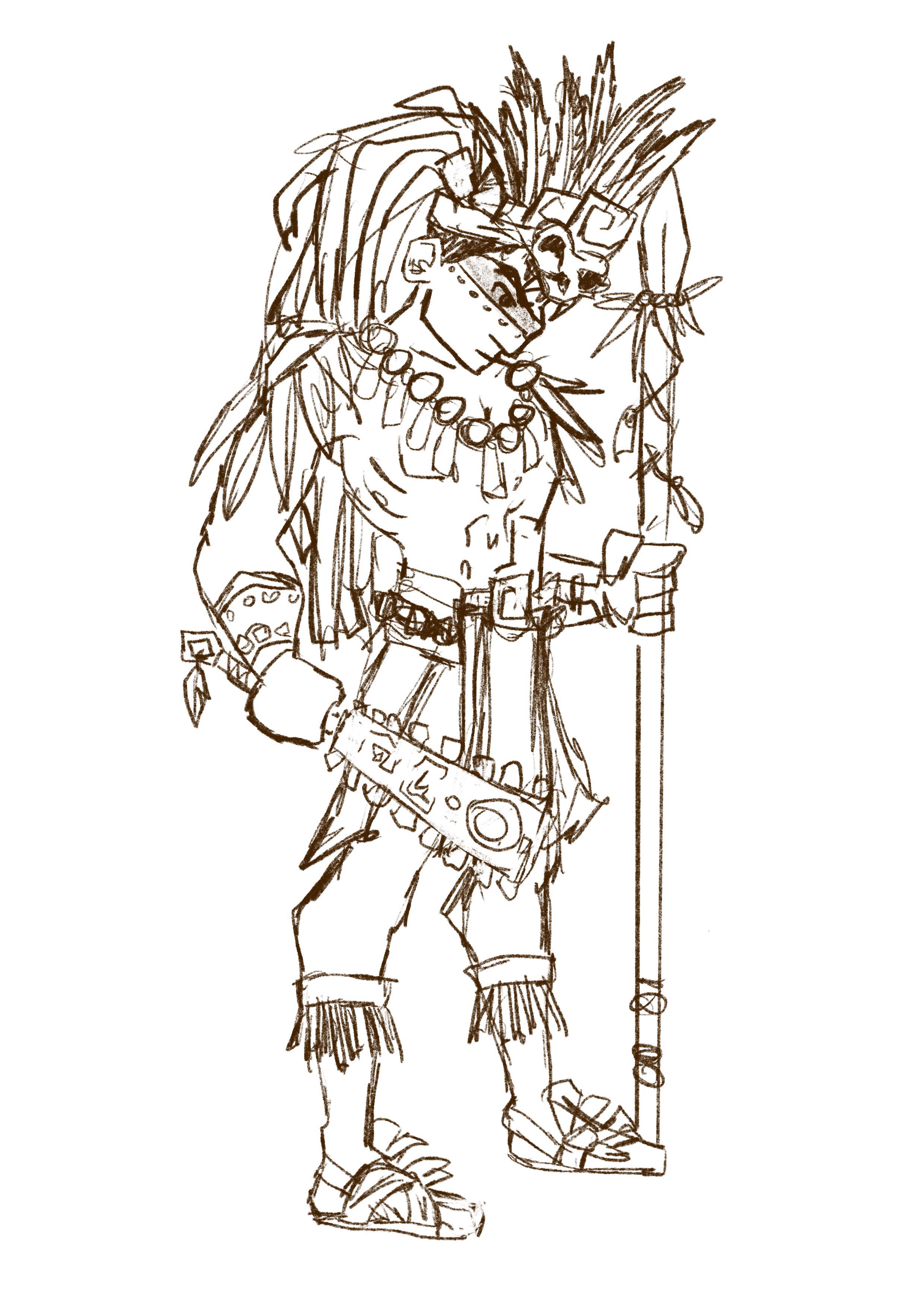
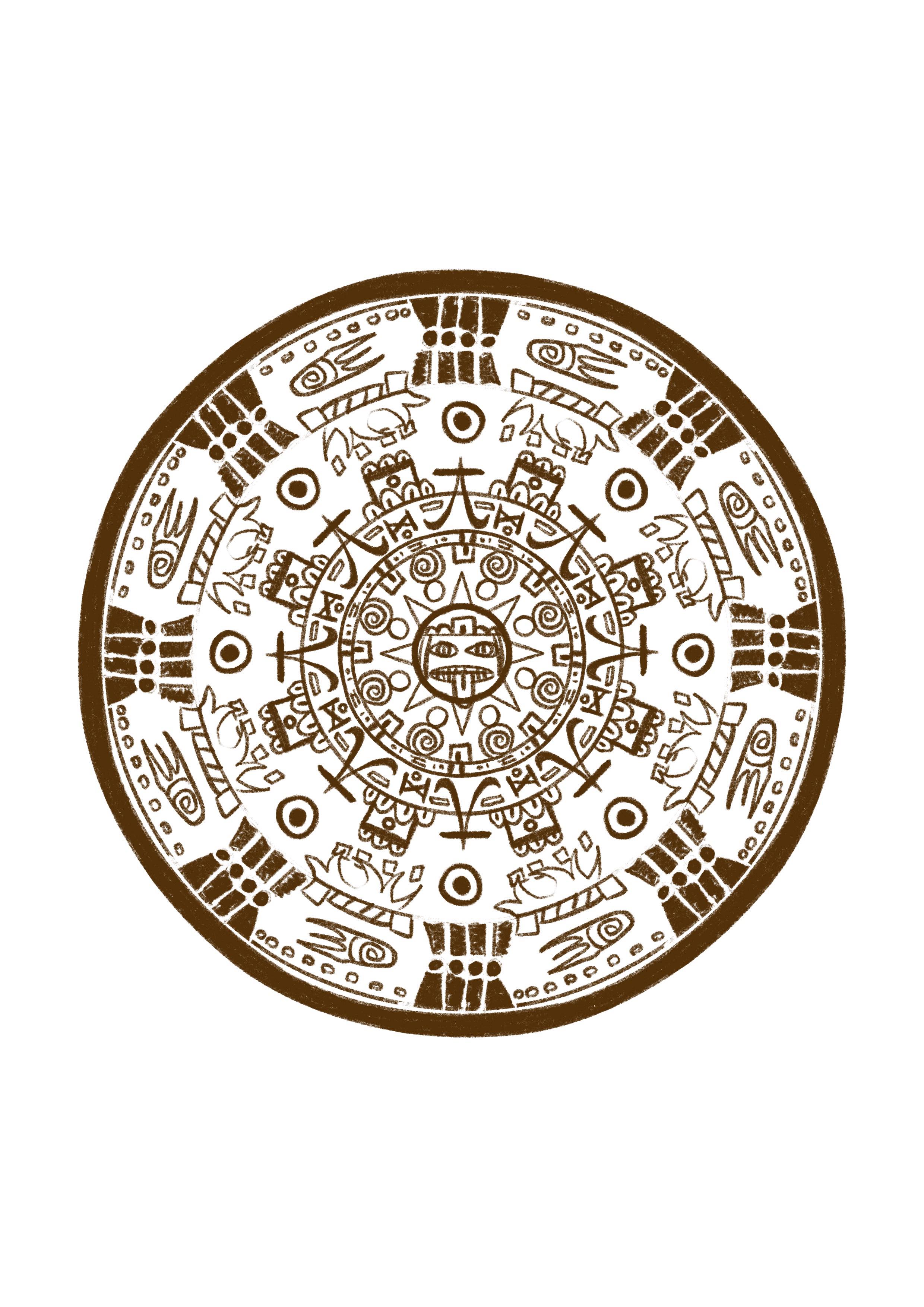
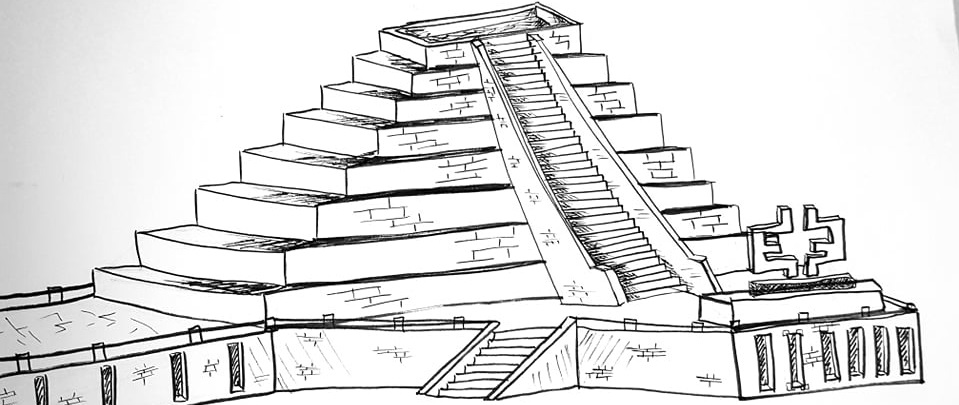
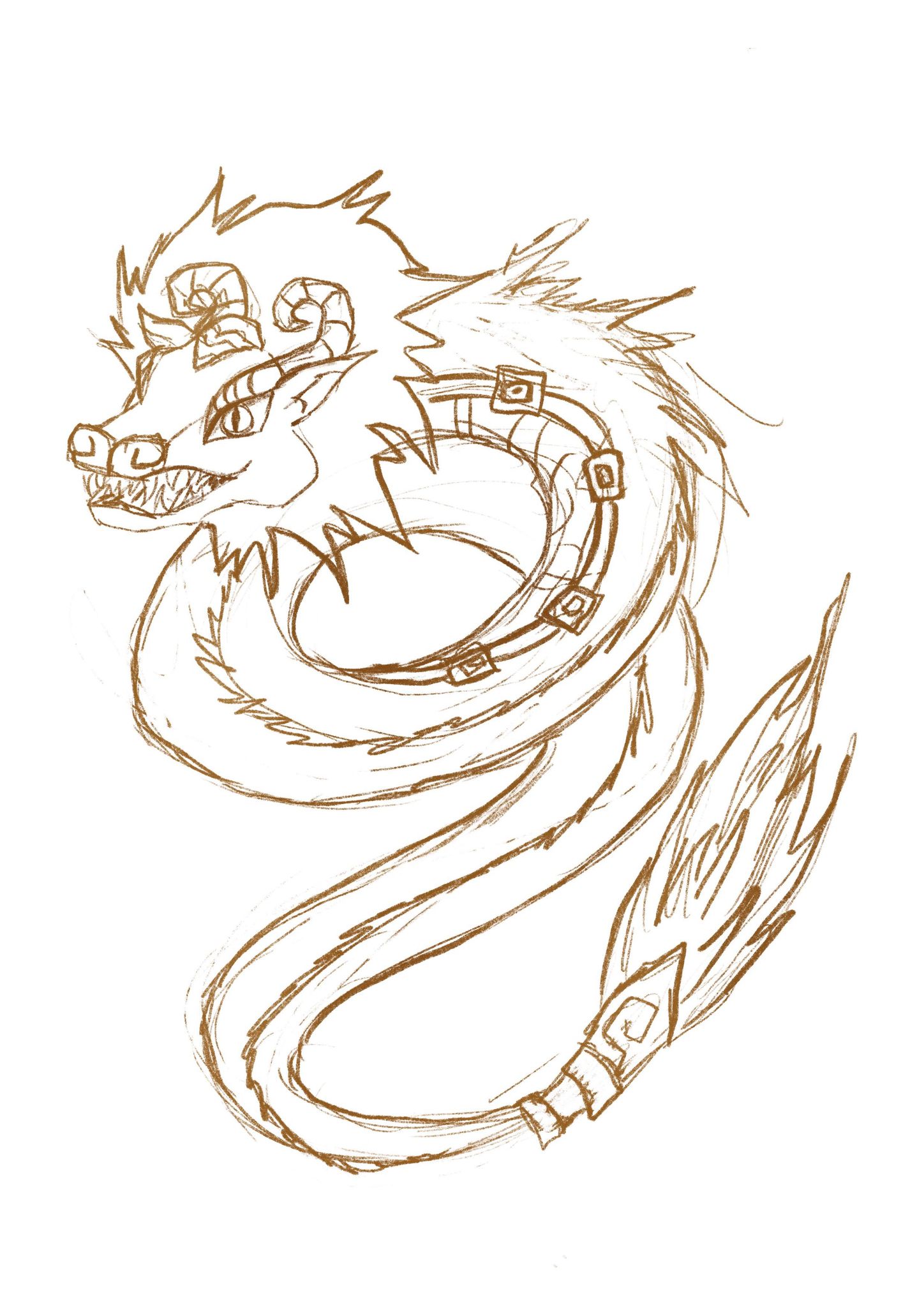

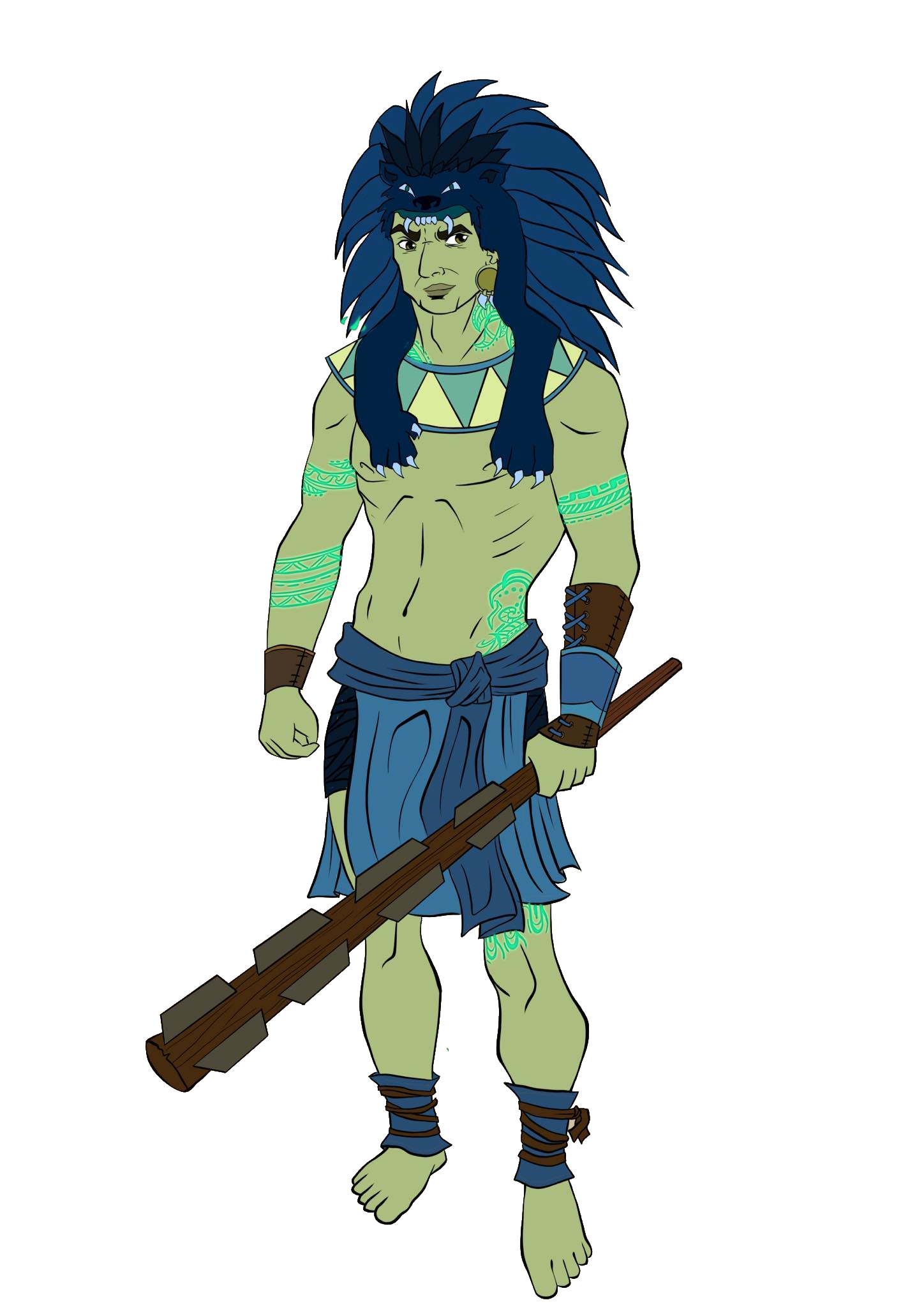


Comments
Author's Notes
This article started from researching the classic Maya period (c. 250 CE - 900 CE). And then it panstered away to reach the story of the Visual Novel I am writing.